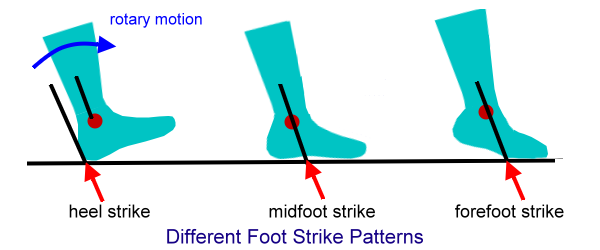Flooring and Our Feet
Over the last few decades flooring has changed substantially in our homes. In the 80’s and 90’s we had carpeting throughout the majority of the home. This carpet quite often had a thick under padding to add cushioning and softness to the floors. We now have changed the flooring significantly to much harder surfaces. For example, we now have hardwood, laminates, ceramic tiles and other hard materials. This change in flooring has caused a lot more of the population to experience foot discomfort.
The reason the harder flooring in the homes may create issues for some is due to the lack of shock absorption the flooring provides. Some of us have a very high heel strike force. This higher heel strike on a ceramic tile means the structures of foot are under strain because there is no shock absorbed by the tile and this is then transferred directly to the foot.
 |
| mudandadventure.com |
This can cause a repetitive strain in some on the structures of the feet. These structures include the Plantar fascia under the heel that inserts in the ball of the foot, the Achilles tendon at the back of the heel and even up into our lower leg/shins.
Another part of the foot under strain can be the metatarsal bones under the ball of the foot. Often as we age we lose the fat pad under the ball of the foot because the arch (transverse) that runs across the ball of the foot drops.
The feet/flooring issues may arise with lifestyle change, such as when the person has retired or is home on a maternity leave, and this can mean they are now spending a lot more time in the home on those harder surfaces and thus can experience more discomfort. Often when the person is on maternity leave they are also carrying around the weight of a baby putting even more pressure on the feet.
SOLUTIONS:
1. Wear footwear indoors. This can be indoor use running shoes or slippers/Crocs that have a lot of shock absorption. This also will put padding between the foot and the floor.
2. Choose “softer flooring”. For example, choose laminate flooring for the kitchen that looks like ceramic tile. Cork flooring, although more expensive, is softer than the hardwood flooring.
3. Place soft mats on ceramic or hardwood. If you tend to stand at the sink to do dishes place the mat under yourself. Move the mat around to in front of the stove when needed. Very good quality foam mats are now available for this purpose.


